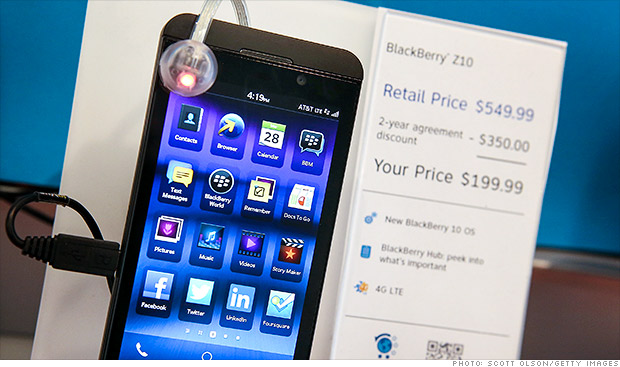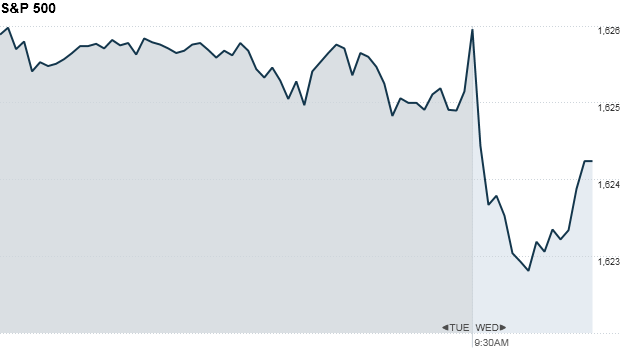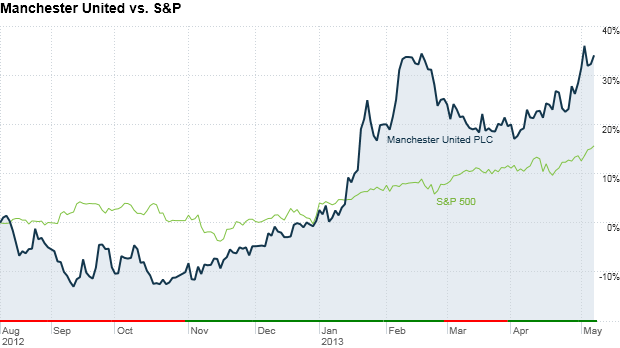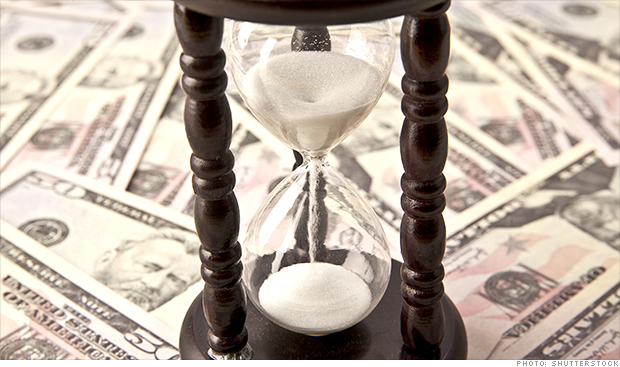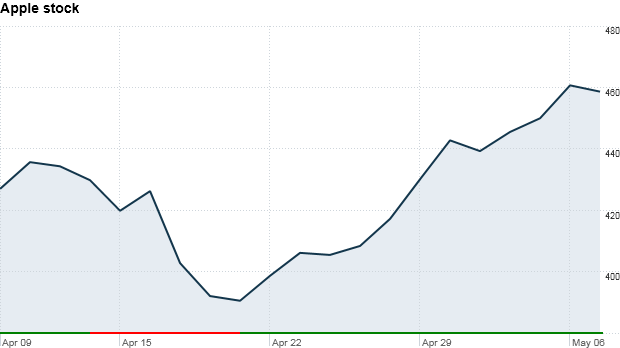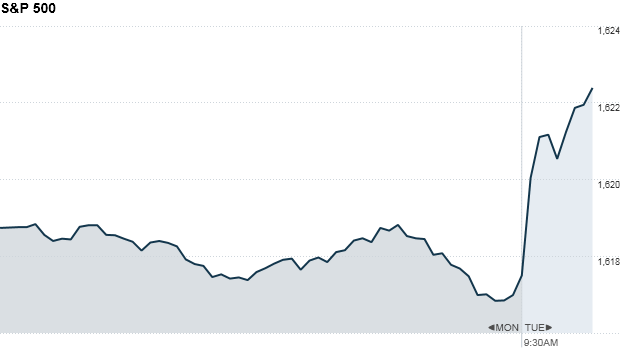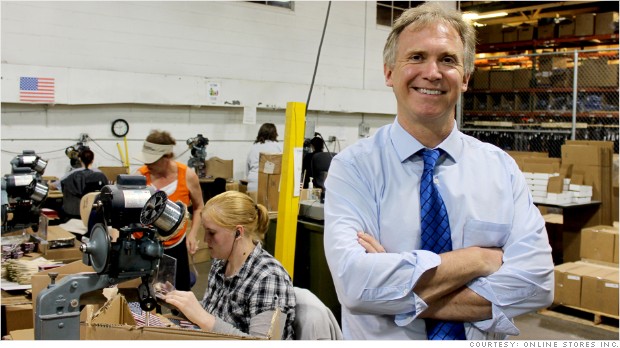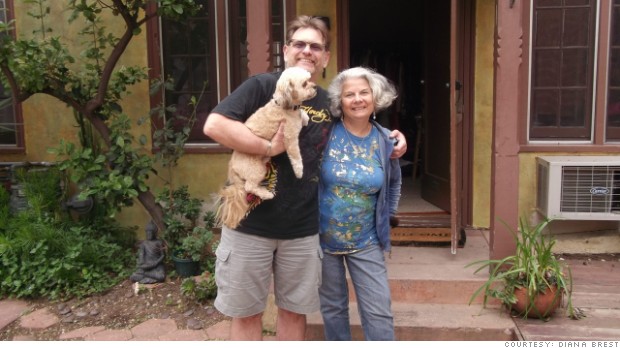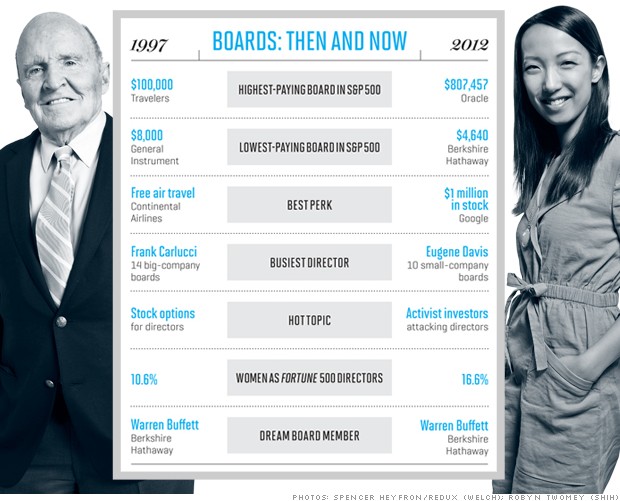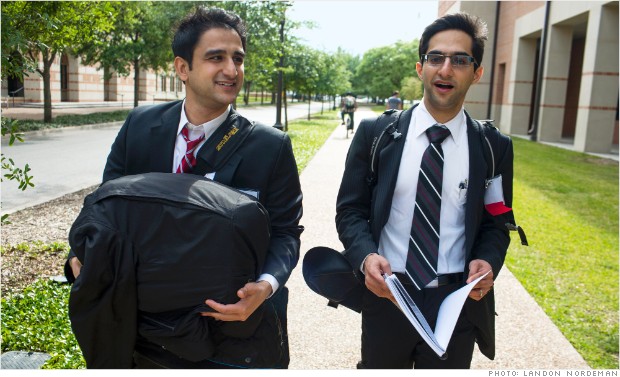
University of Chicago students Imran Ahmad (left) and Umar Khokhar at the Rice Business Plan Competition
(Fortune)
It's as if she can sense the pressure building in the practice room at Rice University in Houston, where I'm watching two young founders of a startup called MouseHouse rehearse a pitch using the rodent as a prop. They're semifinalists in a business-plan contest, and they have less than 24 hours to perfect their spiel before delivering it in front of venture capitalists and Texas angel investors. They have been practicing for two hours, and so far it's not going well.
The Rice Business Plan Competition bills itself as the largest and richest of its kind in the world. It's a three-day event during which 42 student teams (selected from some 1,600 applicants globally) face off for a pot of more than $1 million in cash and investment funding. For the winners, the money and mentoring they get at Rice are often enough to make the difference between school project and real-life business.
The contest itself is surprisingly emotional, filled with unexpected plot twists for the competing teams. Judges can be scathing in their critiques, reducing contestants to tears, and presenters who seem supremely confident in practice sessions can freeze in front of an audience. Fortune, which regularly writes about the competition (we are a media partner to the Rice Alliance for Technology and Entrepreneurship, which hosts the event), took an in-depth look at the drama of student entrepreneurship by shadowing a single team with the potential to win it all. My editor and I picked out Imran Ahmad and Umar Khokhar, whose company makes software to track lab animals. Did we bet on the right, um, mouse? Read on.
7:00 p.m., April 12
Ahmad, 29, is in an empty classroom practicing his pitch, but he can't seem to remember his lines. It is 15 hours before the Rice semifinals, in which he and Khokhar, 28, will compete against 14 other teams for a chance to move into the finals. There, the top six teams will then present their ideas to a packed auditorium of judges and students for the grand prize of $350,000, plus additional cash and investment prizes.
The University of Chicago students -- Ahmad is an MBA student at its Booth School of Business, and Khokhar is a dual MD-Ph.D. candidate -- admit that they never expected to get this far; they had assumed they would have been bested by companies tackling bigger problems. Indeed, many of the teams at Rice are seeking to commercialize life-sciences technology or engineering products licensed from their universities. Northwestern University, for example, has a program that pairs MBAs with entrepreneurial Ph.D.s and other graduate students.
MORE: 2013 Rice Business Plan Competition champs - SiNode Systems
In contrast, Ahmad and Khokhar started their business without any university matchmaking. (A third co-founder, Jeegar Shah, didn't attend the competition; he was on vacation with his wife.) Khokhar got the idea for MouseHouse while doing research on diabetes and managing 200 of his own lab mice. There are about 100 million mice in university and institute labs, and researchers primarily write out observations on cards affixed to cages. The data are then entered into spreadsheets, which is time-consuming and costly. MouseHouse has created Apple iOS and web applications that automate much of that process.
Unlike many of the other startups at Rice, MouseHouse has signed up paying customers (labs at Stanford and the University of Chicago), and judges in an earlier round praised the team for collecting revenue. But the panel grills them on intellectual property and the limited size of their target market. The judges recommend sweeping changes to the pitch.
11:00 p.m.
Khokhar and Ahmad retire to their hotel room, but not to sleep. Shoeless and puffy-eyed, they pore over PowerPoint slides, laptops perched on a coffee table littered with judges' feedback forms and cough-drop wrappers, detritus from Khokhar's attempt to combat a cold and laryngitis.
Khokhar is working through how MouseHouse software would save labs money by reducing the number of mice they need to keep. "Okay," he says, tweaking the script. "If the mouse has not given a pup in a certain number of days, we tell you to cull it."
"What?" Ahmad says, rolling his eyes at his friend's jargon. "I'm falling asleep!"
MORE: You've got 60 seconds with Warren Buffett. What's your pitch?
Khokhar and Ahmad met as undergrads at the University of Chicago's Muslim Students Association. A few years ago they ran into each other in the halls of the hospital, when Khokhar happened to be carrying around his proposal for a business called MouseHouse. It is easy to see why Khokhar teamed up with Ahmad. The bespectacled scientist is soft-spoken and uncomfortable on stage. Khokhar refuses to change his lines at all, for fear he'll go cold during the presentation. "The pitch wouldn't be what it is without this guy," he says of Ahmad.
10:20 a.m., April 13
Despite hours of practice, the duo still hasn't had a single seamless run-through when Ahmad stands up to deliver MouseHouse's semifinal presentation. "I know what you're thinking," he says to the room. "Mice? Really?"
As he goes on, he doesn't stumble, even at the parts that usually trip him up. His jokes get laughs. It's going well. He hands the reins to Khokhar, who talks about how the MouseHouse software works in labs. Then the usually reserved Khokhar veers off script. Dramatically. His words bear little relation to the material that the team had practiced hundreds of times before. But, amazingly, it doesn't seem to matter. He's confident, funny; he works the crowd. It is a nearly perfect pitch.
The results are in a few hours later. A Rice staffer calls out the names of the six finalists. After four teams are read, Ahmad's heart sinks. He looks at me and draws his fingers across his neck as he shakes his head. And then the announcer calls out: "MouseHouse."
2:35 p.m.
Ahmad and Khokhar are standing in front of Rice business school's packed, 460-seat auditorium for their final presentation. They are the fifth team of six to take the stage -- and all the other groups killed. "The view is very different from down here than it was up there," Ahmad jokes. The audience laughs. The speech goes well, save for a few heart-stopping pauses. Then it's over. Ahmad calls his fiancée. Khokhar video-chats with his wife and 21-month-old son. They wait.
6:30 p.m.
Decked out in formal attire, all 42 teams, plus the judges and investors, are assembled at the ballroom of the Westin Galleria to see which founders will go home with prize money. In addition to big checks for the champs (literally -- the Rice Alliance hands out enormous cardboard checks, like the lottery), sponsors and angels give smaller amounts in special categories. MouseHouse starts out strong, winning a $3,000 prize for digital marketing and $1,000 for best one-minute "elevator pitch." But then the momentum shifts. Northwestern's battery company, SiNode Systems, starts picking up a bunch of sponsored awards. (See "The Champs.") Then it's time to announce the ranking of the top six: MouseHouse is the first name called. Among the finalists, it is dead last.
"We're just happy we made it this far," Khokhar says, almost convincingly. Ahmad gets a conciliatory text message from a friend: "You guys should be really proud." They're both slumped against the wall on their phones when another award is called out, one that hadn't been on the official list. It's a $95,000 investment from Rice University alums and investors. The winner: MouseHouse. "What?" Khokhar stammers. MouseHouse takes home a big check after all.
April 18
Five days after the contest ends, Ahmad is back in Chicago and Khokhar is on the road making sales calls. The winnings, $102,000 in all, are nice, they say. But what's most valuable are the dozens and dozens of business cards from would-be advisers, and even a few potential customers. They expect that the Rice name (and the money) will add credibility when they eventually have to woo investors. Their primary lesson: Think big. Initially the duo planned to serve labs with just mice. Now, thanks to feedback from the Rice judges, they are thinking of expanding to include agricultural animals, such as cows and pigs. No word yet on whether they plan to change the company name. CowHouse doesn't have quite the same ring to it.
This story is from the May 20, 2013 issue of Fortune. 
First Published: May 6, 2013: 8:22 AM ET
![]()
